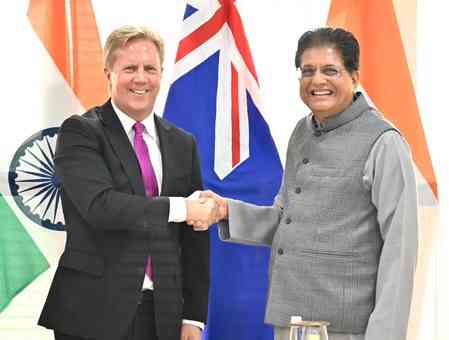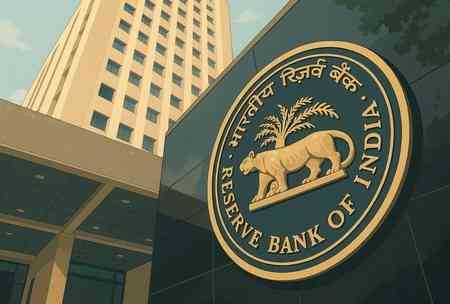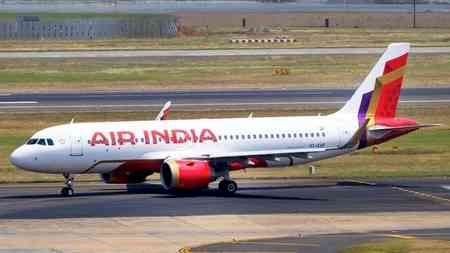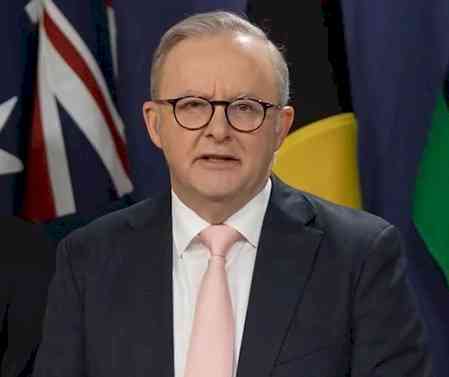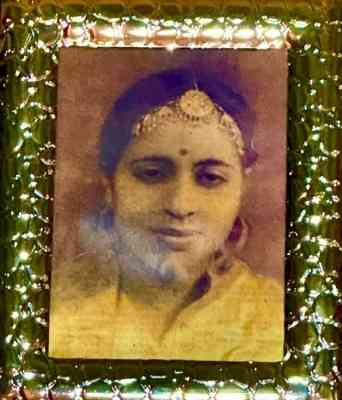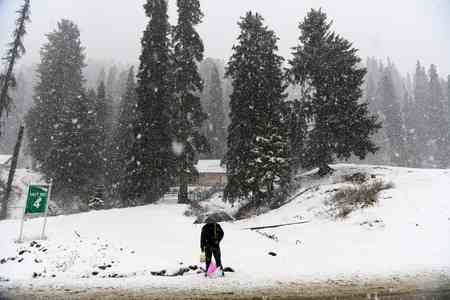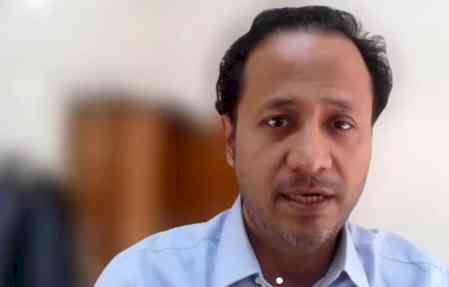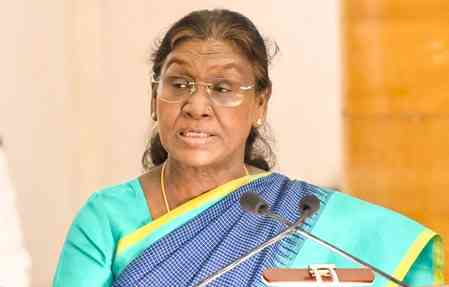PHDCCI Brings Defence Leaders Together to Tackle Evolving Drone Threats
PHDCCI hosted a high-powered conference on “Counter UAVs & Air Defence Systems: The Future of Modern Warfare” at Le Meridien, New Delhi. The event brought together top officials from the Armed Forces, Ministry of Defence, leading defence companies, startups, and academia to discuss India’s readiness against the rapidly evolving threat of unmanned aerial vehicles (UAVs) and drone warfare.
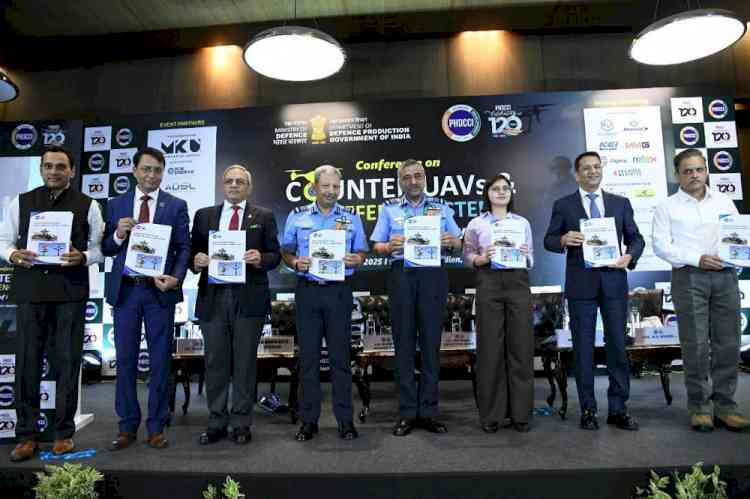
New Delhi, September 23, 2025: PHDCCI hosted a high-powered conference on “Counter UAVs & Air Defence Systems: The Future of Modern Warfare” at Le Meridien, New Delhi. The event brought together top officials from the Armed Forces, Ministry of Defence, leading defence companies, startups, and academia to discuss India’s readiness against the rapidly evolving threat of unmanned aerial vehicles (UAVs) and drone warfare.
Drones are no longer a side issue; rather, they are now a crucial component of contemporary warfare, warned Air Marshal Ashutosh Dixit, AVSM, VM, VSM, Chief of Integrated Defence Staff to the Chairman Chiefs of Staff Committee (CISC), HQ IDS. He cautioned that adversaries could overwhelm conventional defense systems by deploying swarms of up to 200–300 drones at once. He advocated for a multi-layered defense grid that would include kinetic interceptors, electronic warfare, directed-energy weapons, and long-range radars. Each layer would be able to neutralize drones with different payload capacities, speeds, and altitudes.
Noting that commercial quadcopters that cost as little as ₹50,000 can be weaponized with explosives to cause disproportionate damage, Air Marshal Rakesh Sinha, AVSM, Deputy Chief of Integrated Defence Staff (OPS), HQ IDS, emphasized the growing affordability of drones. India needs to be ready to combat both lone rogue drones and organized swarms of dozens or even hundreds, he emphasized. He emphasized how near real-time detection and neutralization are made possible by artificial intelligence, machine learning, and sensor fusion. For quick, coordinated reactions, it was stated that these systems must be integrated with India's current air defense command-and-control architecture.
Delivering the industry address, Shri Neeraj Gupta, Managing Director, MKU Ltd., observed that India faces a dual challenge- countering hostile drones along its borders and addressing rogue drones targeting sensitive infrastructure within cities. He highlighted that the global UAV market is projected to cross USD 50 billion by 2030, and India must position itself as a key player in counter-UAV technologies. He also stressed that drone innovations evolve in cycles of 12–18 months, far faster than India’s traditional defence procurement processes. To close this gap, he called for agile acquisition models, faster trials, and robust test environments. He also shared a suggestive National Roadmap in making India self-reliant in Counter UAVs and Air Defence Systems
“At MKU, our mission has always been to strengthen soldier survivability and operational effectiveness. Counter-UAV systems are a natural extension of this mission- protecting lives, assets, and national sovereignty. With government support and Armed Forces’ guidance, Indian industry can not only meet domestic requirements but also serve friendly nations, positioning India as a global hub for counter-drone solutions,” he said.
The conference also highlighted India’s vibrant defence startup ecosystem. Col. K V Kuber, Indian Army Veteran, Director- Aerospace & Defence, Ernst and Young LLP, stressed that while Indian companies have developed more than 40 indigenous counter-drone prototypes, the urgent priority now is mass deployment and standardisation. Referring to Operation Sindhu, in which over 30 rogue drones were neutralised within weeks of deployment, Col. Kuber underscored the importance of TPCR- Technology, Policy, Collaboration, and Rapid Response. He emphasised that scalable and modular systems, capable of countering drones with ranges from 5 km to 50 km will be vital for ensuring battlefield readiness.
Dr. Nasir Jamal, Director, PHDCCI, highlighted how disruptive drones are in today's conflicts, from swarm attacks and precision strikes to surveillance and reconnaissance. He underlined that India must increase investments in counter-UAV technologies and integrated air defense systems because the country is already facing drone-related threats at its borders and in internal security environments.
“Unmanned Aerial Vehicles are reshaping the battlefield. For India, the urgency to strengthen counter-drone capabilities cannot be overstated. This forum provides the right platform to chart a collaborative path forward between government, armed forces, industry, and academia,” he said.
The deliberations throughout the day reinforced India’s vision of Atmanirbhar Bharat in defence. Speakers noted that while India currently imports over 85% of its coking coal for steelmaking, it cannot afford similar dependence in the strategic defence sector. Instead, focus must remain on indigenous R&D, harmonised standards, and public-private partnerships to build self-reliance in counter-drone capabilities.
“The future of warfare is unfolding before our eyes. To secure our skies, India must innovate, indigenise and integrate at speed,” was the common sentiment echoed by leaders at the conference.
The event also featured two dedicated technical sessions. First one, “Counter UAVs: Military Applications and Tactical Responses” chaired by Lt. Gen. Vineet Gaur, PVSM, AVSM, Director General Capability Development (CD), DG CD Dte, IHQ of MOD (Army) with eminent panellists namely- Col. K V Kuber, Indian Army Veteran, Director- Aerospace & Defence, Ernst and Young LLP; Ms. Dharani B, Chief Technology Officer (CTO) - (Radar and Weapon System), Bharat Electronics Limited (BEL); Gp. Capt. G Sreenivas Prasad, Directorate OPS (AD), Indian Air Force, Air HQ ; Shri Vrajesh Shelat, President, Optiemus Unmanned Systems (OUS); Shri Kiran Raju, Founder & Chief Executive Officer, Indrajaal (Grene Robotics); Shri Amardeep Singh, Founder, Armory & Shri Sunny Sharma, Founder and CEO, IIO Technologies Pvt. Ltd.
The other session, “Emerging Technologies in Air Defence Systems” chaired by Air Vice Marshal Rajiva Ranjan, VM (Retd.), Former Assistant Chief of Integrated Defence Staff (ICT) Integrated Defence Staff, HQ , with eminent panellists namely- Group Captain (Dr.) Rajiv Kumar Narang, VM (Retd.), Senior Fellow, Manohar Parrikar Institute for Defence Studies and Analysis (MP-IDSA); Air Cmde Aman Nautiyal, VM (Retd.) Advisor, Bharat Electronics Limited (BEL); Gp. Capt. Ritu Raj Tyagi (Retd.) Marketing Director- Aeronautics Saab India; Shri Ashok Wadhawan Joint President & Head Land System, Adani Defence; Shri Rajkumar Pandey, CEO, Airbornics Defence & Space Pvt. Ltd. (ADSL) (JCBL Group Company); Dr. Nagendra Babu Samineni, Managing Director, Unistring Tech Solutions & Shri Nagendran Kandasamy, Co-Founder & CEO, Zulu Defence Systems Pvt. Ltd., providing deeper insights into operational and technological advancements shaping the future of air defence.
It was well attended by more than 200 delegates from the Industry, Government, Armed Forces and Academia.


 City Air News
City Air News 
